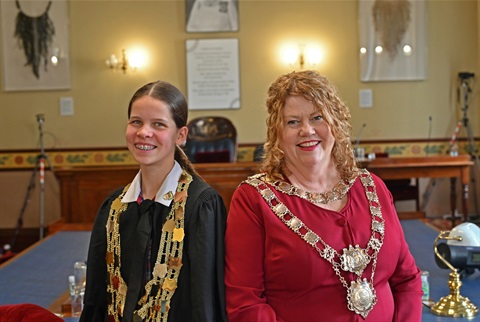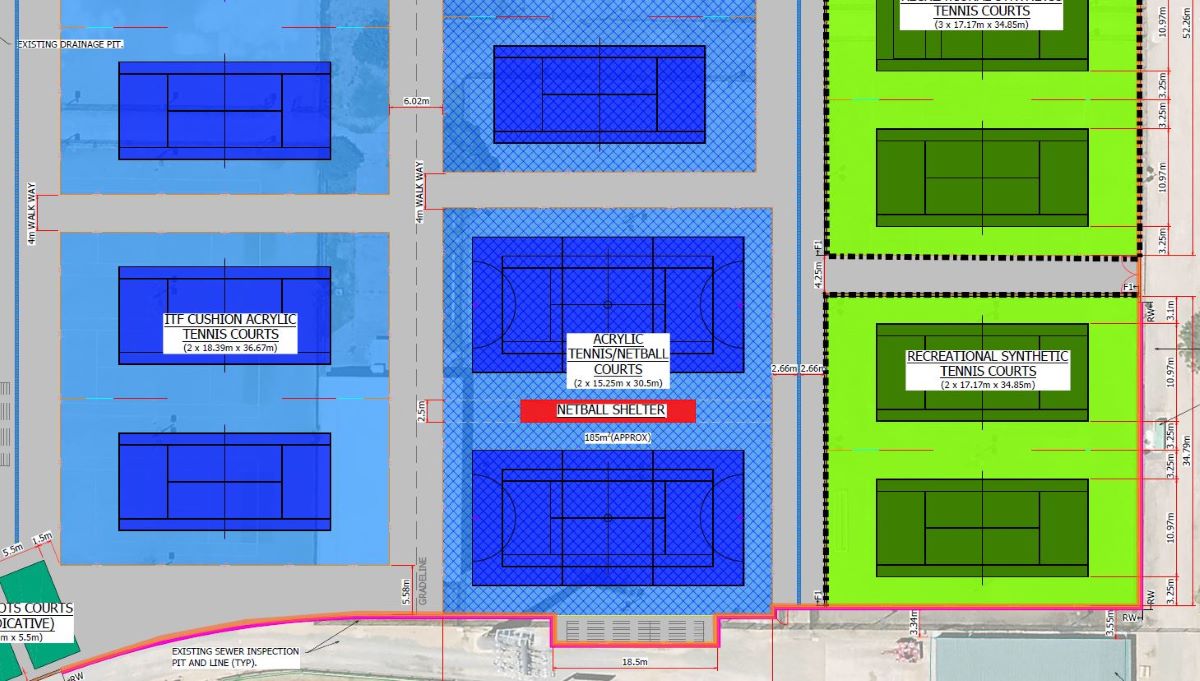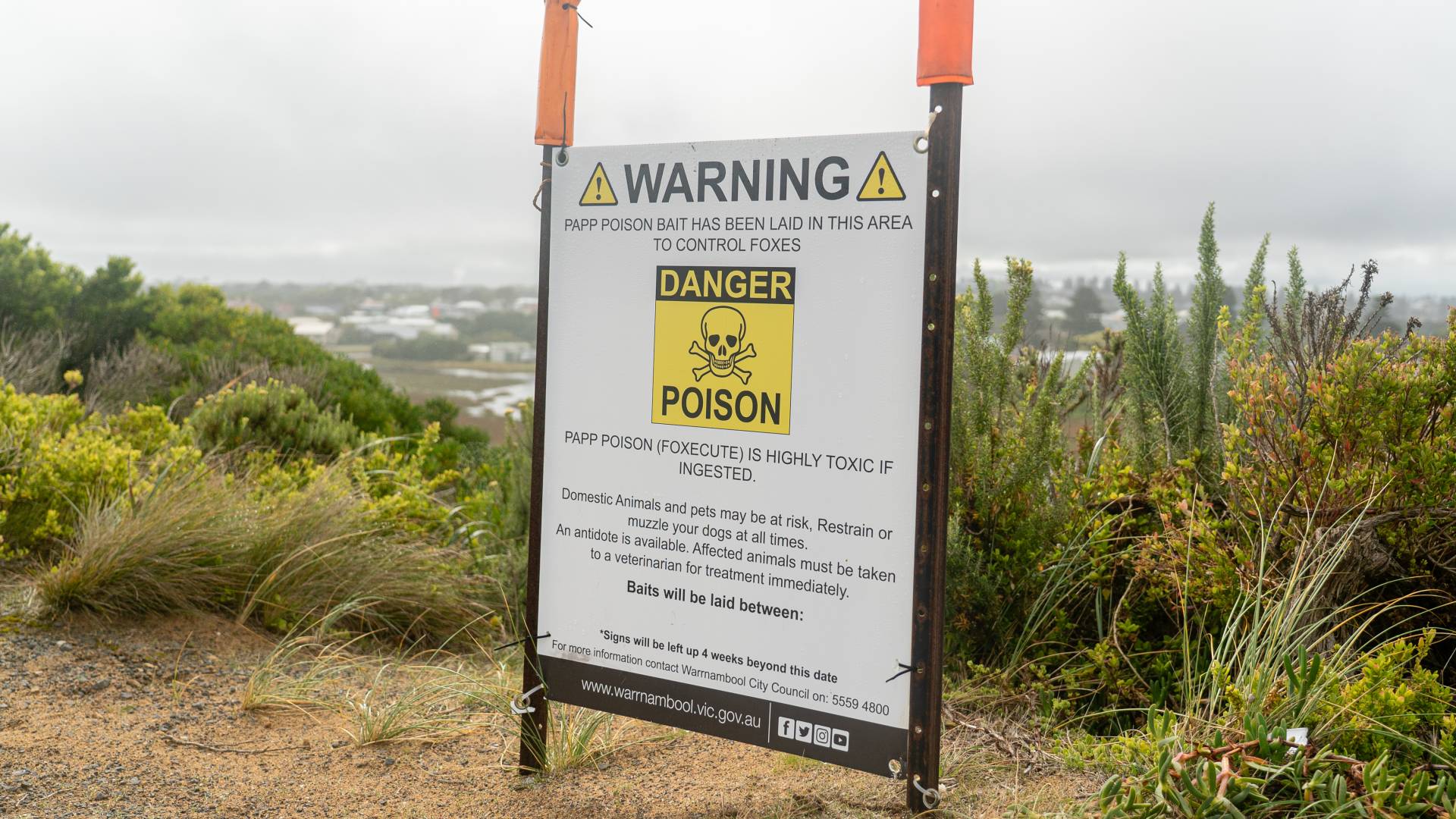One of Queensland’s most important migratory shorebird areas, the South-East Gulf of Carpentaria, has been recognised as an important migratory shorebird stop on the East Asian-Australasian Flyway.
Department of Environment and Science Manager for Wetlands Mike Ronan said the Wernadinga Coast site had been internationally recognised as a critical flyway site by the East Asian-Australasian Flyway Partnership (the Partnership), and an important mechanism in the global effort to protect migratory waterbirds and their habitats.
Formal designation of the site was made on December 16, 2020 by the Partnership. A certificate of designation will be presented to all proponents.
The Gkuthaarn and Kukatj People, represented by Carpentaria Land Council Aboriginal Corporation (CLCAC) together with the leaseholder of the site, AJM Pastoral, proposed the site in the South-East Gulf of Carpentaria from Leichhardt River to Gore Point ‘Wernadinga Coast’ to be included in the Flyway Network. The site is located on the traditional country of the Kukatj People.
Mr Ronan said the Wernadinga Coast was the third such site in the South-East Gulf of Carpentaria to be recognised.
“The South-East Gulf of Carpentaria is recognised as one of the most important migratory shorebird areas in Australia,” Mr Ronan said.
“The Wernadinga Coast site supports up to 13,000 migratory shorebirds of at least 22 species, including seven Australian threatened species, as well as internationally important numbers of species such as great knot, red knot and greater sand-plover.
“The site incorporates approximately 7080 hectares of wetland including land of the Wernadinga pastoral lease, intertidal areas and marine waters.”
The Queensland Government supports the Partnership through cooperating with and enabling Traditional Owners and landholders to nominate important sites to the Flyway Site Network.
The nomination is based on shorebird count data collected by CLCAC’s Normanton Rangers with support from ornithologist Roger Jaensch and older data collected by the Queensland Wader Study Group – a citizen science group dedicated to the conservation of shorebirds and their habitat.
Nomination of the site will principally increase recognition of the South-East Gulf of Carpentaria’s importance for shorebird conservation in Queensland. While a designation of a site to the Flyway Site Network has no statutory effect, its inclusion provides recognition for the site’s values and creates opportunities for partnerships and sponsorships to improve management.
Mr Ronan said the flyway was essential for flocks of shorebirds that take to the skies annually to start a migration from as far away as the Arctic to Australia and New Zealand, and back again, in a cycle of breeding, chick rearing, travel, feeding and living in perpetual summer.
Unlike previous Flyway Site designations in Queensland, the three Gulf sites are not in public tenure and demonstrate the desire and capacity of Traditional Owner groups to protect wildlife in their country.
Acting CLCAC Normanton Ranger Coordinator and Kukatj man, Hayden Tyrrell, said the site is an important step towards protecting shorebird species and their habitat.
“We’ve lost so many animals in the past 250 years, and we’re still losing them today. We want to protect these species for the future and the next generation, before another piece of our culture disappears,” Mr Tyrrel said.
“We’re helping these shorebirds in their fight to survive another thousand, two thousand years, and into the future, and as time passes we’ll know we’ve done the right thing by mother nature.”








